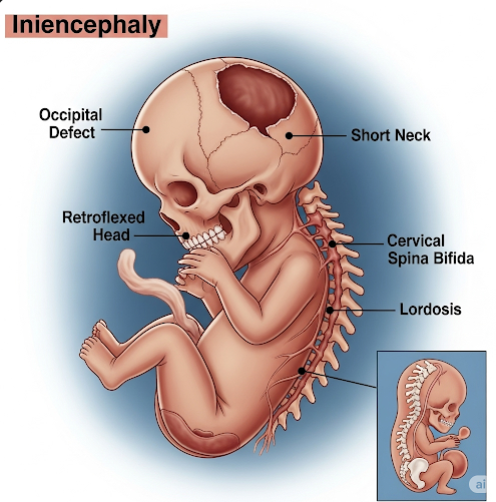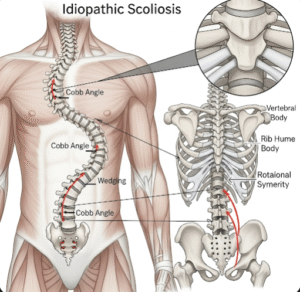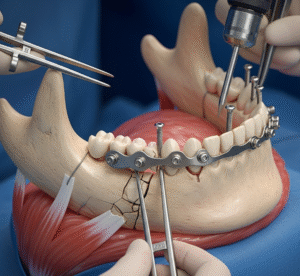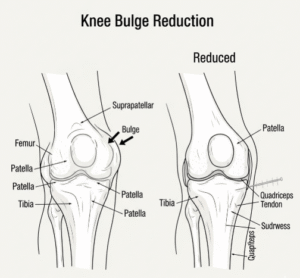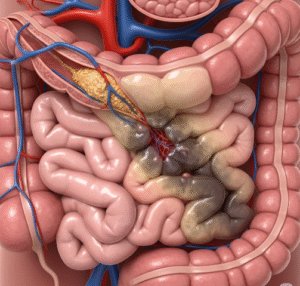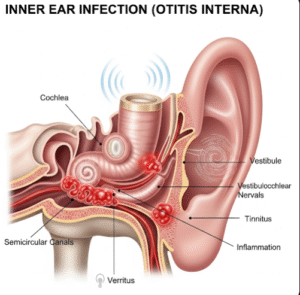Overview
Iniencephaly is a rare and severe neural tube defect (NTD) that affects the development of a baby’s brain, spinal cord, and neck during early pregnancy. It is characterized by extreme backward bending (retroflexion) of the head, fusion of the head and spine, and spinal abnormalities. This condition is incompatible with life in most cases, and infants affected by it usually die before or shortly after birth.
In Korea, like in other advanced medical systems, prenatal screening and diagnostic tools such as ultrasound and fetal MRI have made early detection of iniencephaly more common. This early identification allows expectant parents and healthcare providers to make informed decisions about pregnancy management.
What is Iniencephaly?
Iniencephaly is a congenital malformation where the neural tube—the structure that develops into the brain and spinal cord—fails to close properly during the third to fourth week of gestation. The hallmark features include:
- Retroflexion of the head (extreme backward tilt)
- Absence or severe malformation of the neck region
- Spinal deformities, such as a short, malformed spine
There are two main types:
- Iniencephaly apertus – Accompanied by an open defect in the skull and spine
- Iniencephaly clausus – The defect is covered by skin
Symptoms
Since iniencephaly is a congenital defect, symptoms are present at birth. The primary clinical features include:
- Extreme backward bending of the head
- Absence of the neck, with the head appearing directly attached to the back
- Malformed vertebrae
- Possible coexisting malformations such as cleft lip/palate, anencephaly, or facial abnormalities
- In some cases, limb deformities or heart defects
Prenatally, ultrasound may reveal abnormal positioning of the fetal head, short spine, and other neural tube defects.
Causes
The exact cause of iniencephaly is unknown, but several factors are believed to contribute:
- Genetic mutations affecting neural tube closure
- Folic acid deficiency during early pregnancy
- Environmental exposures, such as certain medications, radiation, or toxins during early pregnancy
- Maternal conditions like diabetes or obesity
- Chromosomal abnormalities in some cases
Risk Factors
Certain factors can increase the risk of having a baby with iniencephaly:
- Lack of adequate folic acid intake before conception and in early pregnancy
- Family history of neural tube defects
- Maternal obesity or uncontrolled diabetes
- Use of certain anti-seizure medications during pregnancy
- Advanced maternal age
- Exposure to harmful environmental agents early in pregnancy
Complications
Iniencephaly is almost always fatal. Common complications include:
- Stillbirth or death shortly after birth
- Severe neurological impairment
- Associated congenital anomalies such as heart defects, abdominal wall defects, and facial malformations
- Difficulty during labor and delivery due to abnormal fetal positioning
For the mother, carrying a fetus with iniencephaly may increase the risk of delivery complications, especially if the baby’s head and spine malformation hinder normal labor.
Prevention
While not all cases can be prevented, the risk of iniencephaly can be significantly reduced by:
- Adequate folic acid intake – Women planning pregnancy should take at least 400–800 micrograms daily before conception and during the first trimester
- Pre-pregnancy counseling for women with a history of neural tube defects or chronic illnesses
- Careful medication review to avoid drugs that may harm fetal neural development
- Healthy maternal lifestyle, including balanced nutrition and avoiding harmful exposures during pregnancy
Treatment Options in Korea
Diagnosis
In Korea, advanced prenatal screening programs routinely detect neural tube defects. High-resolution ultrasound during the first and second trimesters is the primary tool. Fetal MRI may be used to confirm the diagnosis and assess associated malformations.
Medical Management
Because iniencephaly is incompatible with long-term survival, there is no curative treatment. The focus of care in Korea is on accurate prenatal diagnosis, counseling for the parents, and planning for delivery to minimize risks to the mother.
Supportive Care
If the baby is born alive, care is usually supportive and aimed at keeping the infant comfortable for the short duration of survival. Korean hospitals with advanced neonatal and perinatal care facilities provide compassionate support to families during this time.
Future Prevention Strategies
Public health initiatives in Korea emphasize folic acid supplementation for women of childbearing age, awareness campaigns about neural tube defects, and early prenatal check-ups to identify and manage potential pregnancy complications.

